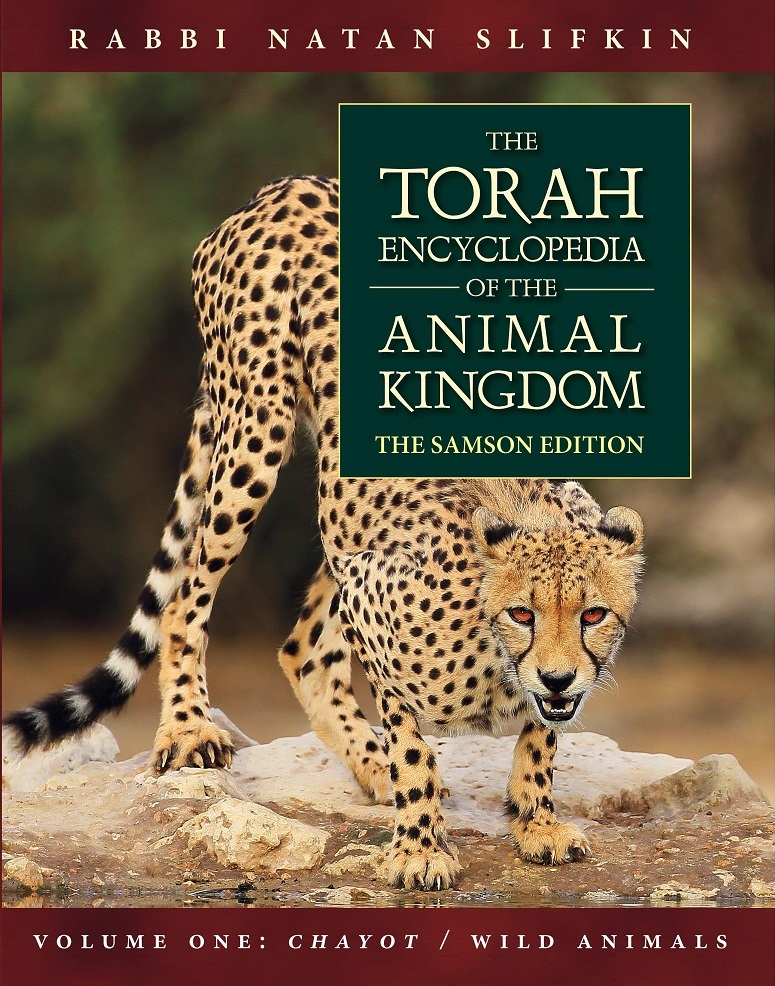Here's another installment of my critique of Dr. Isaac Betech's book on the shafan, which will reveal yet another fascinating aspect of irrational thought.
 First, a quick summary: In the first post, I discussed the fraudulence of presenting his book as a search for truth
rather than as a mission to contrive arguments that will support certain
religious beliefs. I also noted his fallacy in presenting the views of
Spanish Rishonim, that the shafan is the European rabbit, as evidence for identifying the Biblical shafan as the rabbit (and this comment, I exposed his false claim that he was doing nothing of the sort). He even makes their descriptions of the rabbit into criteria that the shafan must fulfill, e.g. that it must have long ears! (pp. 134-5)
First, a quick summary: In the first post, I discussed the fraudulence of presenting his book as a search for truth
rather than as a mission to contrive arguments that will support certain
religious beliefs. I also noted his fallacy in presenting the views of
Spanish Rishonim, that the shafan is the European rabbit, as evidence for identifying the Biblical shafan as the rabbit (and this comment, I exposed his false claim that he was doing nothing of the sort). He even makes their descriptions of the rabbit into criteria that the shafan must fulfill, e.g. that it must have long ears! (pp. 134-5)In the second post, I noted that Betech has a habit of arguing that something cannot be conclusively disproved, and then smoothly changing that to mean that it is likely, probable, and ultimately that it is true. I also pointed out that his denial that Rav Saadiah Gaon explained the shafan to be the hyrax has no serious basis.
In the third post, I discussed the reason why every single academic scholar of Biblical zoology, and every reasonable, rational person who is aware of the facts and arguments, dismisses the rabbit as a candidate for the shafan - namely, that the rabbit did not live in Biblical Israel. I also discussed Betech's misrepresentation of the nature of this argument, and his inadequate response.
Betech failed to respond to any of these criticisms, despite his claim that he would respond to difficulties raised with his book, and that he would concede when shown to be in error. He claims that his reason for not responding is that I sometimes makes use of sarcasm. I'm not sure what his alleged reason is for not responding to David Ohsie, R. David Sedley, and R. Josh Waxman, who have been making the same points.
In this post, I would like to address Betech's main argument that the shafan cannot be the hyrax: namely, that the shafan is described as maaleh gerah, bringing up its cud, and the hyrax does not bring up its cud. Now, there are several approaches that have been taken with regard to this point:
1) One approach is to propose that the shafan is not the hyrax. However, this is not viable, because, as discussed at length in my book and on this blog (particular in my second post on his book), there is no other remotely reasonable candidate.
2) Another approach is to say that the hyrax used to chew its cud, and no longer does so. While I don't think that this is reasonable from a biological standpoint, I'm not sure why Betech and co., who believe in rapid evolution (as I shall demonstrate on another occasion), don't consider this as a possibility.
3) Another is to propose that the hyrax practices merycism - a limited form of rumination. But is this actually the case? Having studied my own captive hyraxes for years, and having consulted with zoologists and papers that expressed a range of opinions, I simply can't decide. A hyrax certainly makes many chewing motions at times when it is not eating, but it's not clear if this is related to food or communication. (It should be noted that positing that they are practicing merycism is certainly not as unlikely as, say, proposing that rabbits used to live in Israel.)
4) Another is to say that the Torah "speaks in the language of man," as explained at length in my books. I think that this is the preferable solution for religious Jews. While this approach is well-founded in the writings of Rav Hirsch and Rav Kook, based upon various Rishonim, I can certainly understand why people would not find it appealing. However, if one is to maintain belief in the Divine origins of the Torah, one would in any case have to adopt such an approach in order to account for the Torah describing dew as descending from Heaven, the heart and kidneys as housing the mind, the sky as being a solid firmament, the nesher as carrying its young on its wings, the snake as eating dirt, and so on.
(Or, to put it another way: I'm sure that Isaac Betech can engage in extensive intellectual gymnastics to justify why the Torah describes these phenomena in the way that it does, and far less gymnastics are required to explain why the Torah describes the hyrax as bringing up its cud.)
5) Another is to say that the Torah is simply mistaken, and is thus not Divine. Now, obviously this approach is not acceptable to a believing Jew. However, if someone does not have prior commitment to believing in the Divinity of Torah, and for some reason buys into Betech's rejection of approaches (3) and (4), this would be a far more reasonable explanation than Betech's proposal that the Torah is referring to cecotrophy in rock-dwelling rabbits of South Africa.
 Now, Isaac Betech is a devout believing Jew, and therefore option 5 is unacceptable to him. While humans could (and did) mistakenly believe that hyraxes ruminate, the Master of the World could not make such a zoological error; hence, the shafan could not be the hyrax.
Now, Isaac Betech is a devout believing Jew, and therefore option 5 is unacceptable to him. While humans could (and did) mistakenly believe that hyraxes ruminate, the Master of the World could not make such a zoological error; hence, the shafan could not be the hyrax.But here's where things get interesting. You see, Isaac Betech doesn't merely want to understand the Torah; he wants to use this topic to prove the divinity of Torah. Let's quote his conclusion:
We can recognize with admiration, today as always, that only the Master of the World could state this accurate information thousands of years ago.But that means that he is engaging in a classic case of circular reasoning. For it's only because of Betech's a priori belief that the Torah is divine, that he rules out the possibility that the Torah is simply making a mistake about the hyrax! (And the same can be said for Discovery and others who use this topic to prove the divinity of the Torah.) He's saying that we recognize that the Torah is divine, because there are no zoological errors, because we recognize that the Torah is divine!
I'm sure that such circular arguments reinforce the faith of irrational people who are already believers. But to others, it simply makes Torah Jews look foolish. And as Rambam says, using a flawed argument to convince people of something is worse than using no argument.
Amazingly, Betech is explicit about using circular reasoning! On p. 120, amongst a list of reasons as to why the shafan should not be identified as the hyrax, Betech says that if the definition of "bringing up the cud" is broadened to include the hyrax, "then the consequence is that many more animals could also be called maaleh gerah, positing unnecessary challenges against the Torah's and Talmud's exclusive list of one-signed species; hence the importance of understanding that the hyrax cannot be the Biblical shafan." In other words, we recognize that the Torah is divine, because these are the only animals in the list, because to admit that there might be more animals in the list would mean that the Talmud is not divine. Circular reasoning at its finest, and most explicit!











